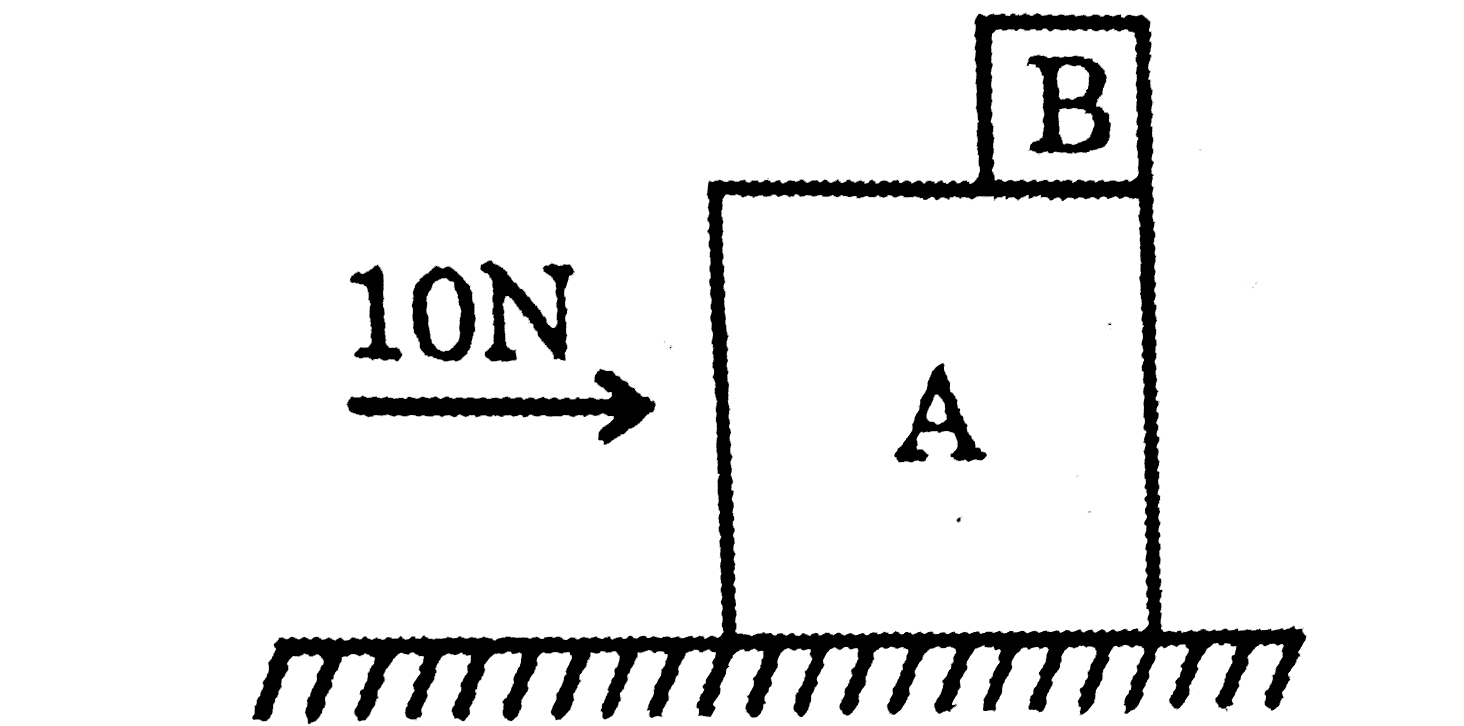There are five boggarts placed in a maze on blocks A,B,C,D and E. Every student starts on Block X, and can control the movement of other blocks. The objective is to take their wands from the centre of the maze and use it to shoot the boggarts
As the maze is enchanted, there are restrictions on the movement of the blocks. Each block can be made to travel horizontally or vertically, but only directly towards another block -- as far as it can go until hitting it edge to edge. One set of move is a continuous sequence of such movements made by the same block. Each move is indicated by the block’s letter followed by the directions traveled: up (U), Down (D), left (L), and right (R). For Example, X- RUL is one move, which states that Block X first moved Right, then Up, then Left. How many times does each of the blocks,student move? (A, B, C, D, E, X) and total set of moves?

1,3,2,0,2,4 and 6
1,3,2,0,2,4 and 5
0,3,1,3,0,5 and 7
1,3,1,0,2,4 and 5
The Steps are as follows
D-D, C-D, D-L, X-UL, B-LDR, D-U, X-LUR
Similar Questions
Two blocks of equal mass have been placed on two faces of a fixed wedge as shown in figure. The blocks are released from position where centre of one block is at a height h above the centre of the other block. Find the time after which the centre of the two blocks will be at same horizontal level. There is no friction anywhere.

View SolutionIn the Fig. the blocks 'A' and 'B' are connected with an inextensible string. The block 'A' can slide on a smooth horizontal surface.

View Solution
Knowledge Check
Consider a large block placed on a smooth horizontal surface, with a man standing at one end of the block. The man walks to the other end, relative to the block. The distances (absolute) moved by the man and the block are :
AIn the inverse ratio massesBIn the direction ratio of their massesCIndependent of their massesDDependent both on their masses and speeds.A block of mass M is being pulley along horizontal surface .The coefficient of friction the block and the surface is μ If another block of mass M/2 is placed on the block and it is pulled is again pulled on the surface , the coefficient of friction the block and the surface will be
AμB3μ2C2μD5μ2If the blocks A and B are moving towards each other with accelerations a and b shown in fig. find the net acceleration of block C.
 Aaˆi−2(a+b)ˆjB−(a+b)ˆjCaˆi−(a+b)ˆjDNone of these
Aaˆi−2(a+b)ˆjB−(a+b)ˆjCaˆi−(a+b)ˆjDNone of these
A block of mass M is being pulley along horizontal surface .The coefficient of friction the block and the surface is μ If another block of mass M/2 is placed on the block and it is pulled is again pulled on the surface , the coefficient of friction the block and the surface will be
View SolutionThe block B starts from rest and slides on the wedge A which can move on a horizontal surface, Neglecting friction, determine (a) the acceleration of wedge, (b) the acceleration of the block relative to the wedge.

View SolutionA small block B is placed on another block A of mass 5 kg and length 20 cm. Initially, the block B is near the right end of block A. A constant horizontal force of 10 N is applied to the block A. All the surfaces are assumed frictionless. Find the time elapsed before the block B separates from A.

View SolutionA small block B is placed on another block A of mass 5 kg and length 20 cm. Initially, the block B is near the right end of block A. A constant horizontal force of 10 N is applied to the block A. All the surfaces are assumed frictionless. Find the time elapsed before the block B separates from A.

View SolutionA bead C can move freely on a horizontal rod. The bead is connected by blocks B and D by a string as shown in the figure. If the velcoity of B is v The velcoity of block D is 4v/x find the value of x
 .
.
View Solution
